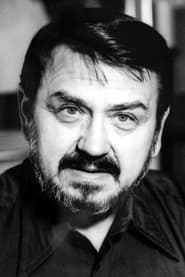

Ľudovít Fulla(1972)

Movie: Ľudovít Fulla
Top 2 Billed Cast
Self

Ľudovít Fulla
HomePage
Overview
Release Date
1972-01-01
Average
0
Rating:
0.0 startsTagline
Genres
Languages:
SlovenčinaKeywords
Similar Movies
 6.9
6.9Art & Copy(en)
The personal odysseys of some of the most influential advertising visionaries of all time and the stories behind their campaigns.
 8.0
8.0Kunst als Waffe - John Heartfield(de)
With a pair of scissors and some paper, he turned his art into a weapon the Nazis feared. A look back at the eventful career of satirist John Heartfield (1891-1968), pioneer of photomontage and modern graphic design.
 6.5
6.5By Design: The Joe Caroff Story(en)
He may not be household name, but Joe Caroff is one the most influential graphic designers of the 20th century. His work is a history of the pop culture of our time: from iconic corporate logos (like ABC News and ORION Pictures) and book jackets (Norman Mailer’s The Naked and the Dead) to some of the most instantly recognizable “title treatments” for such classics as WEST SIDE STORY, A HARD DAY'S NIGHT, CABARET, LAST TANGO IN PARIS, MANHATTAN, and the James Bond gun logo. Caroff’s story is told by the centenarian himself, with reminiscences of growing up during the Depression and service in WWII, along with interviews with Phyliss Caroff, his wife of over 70 years, producer Mike Medavoy, and others.
 5.0
5.0Mucha: The Story of an Artist Who Created a Style(cs)
Czech painter and illustrator Alphonse Mucha (1860-1939) ranks among the pioneers of the Art Nouveau movement at the end of the 19th century. Virtually overnight, he becomes famous in Paris thanks to the posters that he designs to announce actress Sarah Bernhardt’s plays. But at the height of his fame, Mucha decides to leave Paris to realize his lifetime project.
 0.0
0.0Made You Look(en)
The last 15 years has seen a boom in the UK graphic arts and illustration industry, with a DIY scene emerging and prospering alongside new and affordable leaps in technology. So much of our lives is now spent in the virtual digital realm, so what will become of the tactile objects we all hold so dear? Will we see books disappear in our lifetime?
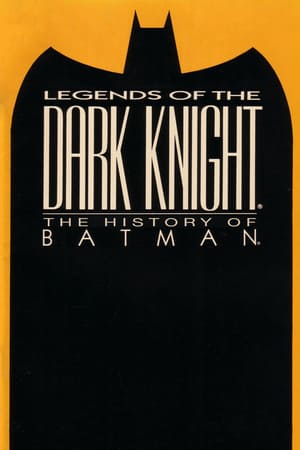 7.0
7.0Legends of the Dark Knight: The History of Batman(en)
A brief history of the DC Comics character Batman, created by Bob Kane in 1939.
 7.0
7.0Des traîtres dans la Résistance(fr)
In May 1943, Ernst Kaltenbrunner, the new head of the Reich Central Security Office, gave Hitler a report describing in detail the organization of the French Resistance. Indeed, during the Second World War, most of the Resistance networks had been infiltrated by traitors, the "V Man" (trusted men) in the service of the occupier. The Germans had established treason as a system and recruiting Frenchmen ready to inform on them was one of their priorities. It was these Frenchmen, whose number is estimated at between 20,000 and 30,000, who dealt terrible blows to the Resistance.
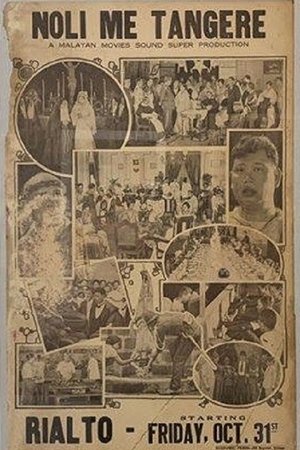 0.0
0.0Noli Me Tangere(xx)
First Filipino screen adaptation of Jose Rizal's popular novel.
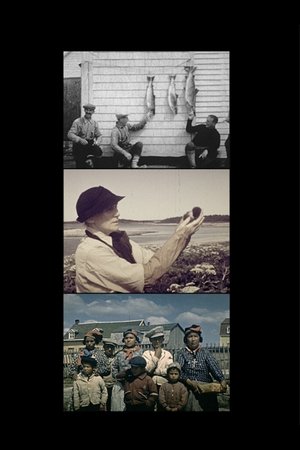 0.0
0.0Madame Fife, l'amour d'un village(fr)
For over thirty summers, Mrs. Fife, an exceptional woman of our time, lived in the village of Baie-Johan-Beetz, where her great gentleness and generosity left their mark on people. This documentary is therefore intended as a tribute: it brings together both numerous testimonies and a collection of archival films and photos, signed by Mary Fife.
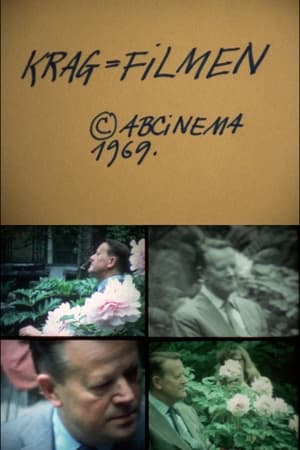 0.0
0.0Krag-filmen(da)
The ABCinema group dispatched Jørgen Leth to make the arrangements with Prime Minister Jens Otto Krag, who good-naturedly put himself at their disposal. Relaxing on a bench in the garden of Copenhagen's Royal Academy of Fine Arts, Krag is scrutinised by camera-wielding collective members almost like a model in a life-drawing class. Every possible angle, distance and framing is tried. The result is an image of the prime minister that is both fragmented and multi-facetted, describing his visual appearance as a man and an icon. At the same time, the ABCinema members film each other filming Krag, which gives the film a highly self-reflective character. Like "The Deer Garden," this is a film about a film being filmed. A showdown with the documentary portrait genre, "Jens Otto Krag" is devised according to the principle of keeping the material alive by not editing it but randomly piecing it together. (DFI)
Samon’s Hell Revenge: Unauthorised Jutte Records(ja)
Samon Kamiyama, a skilled yoriki under Toyama Saemon-no-jō Kagemoto is feared and known to the villains as “Samon from the Hell.” Samon suspects that the drowning incident at the raw silk wholesaler Shinano-ya was the work of Maruya Rihei, a kimono wholesaler favored by the Ōoku, but has no evidence to prove his allegation. The elder Arao Tsushima-no-kami who is colluding with Maruya plan on building a gold mine on an uninhabited island using prisoners. Arao gives the supervision charge to Samon, who along with his comrades and Horikawa takes up his post on the island but is attacked by assassins one after another.
 0.0
0.0Osomatsu-kun: Iyami Alone in the Wind(ja)
In an Edo-period retelling of "City Lights", Iyami, a poor beggar, befriends a flower-selling blind young girl. Through the ups and downs of their friendship, Iyami strives to find a way to make her see again.
Samon’s Hell Revenge: Unauthorised Jutte Records 2 - The Assassination of the Shogun(ja)
Samon Kamiyama, a yoriki of the Minami-machi magistrate infiltrates the Denzū-machi prison disguised as Mushuku Sahēji. Samon is mistaken for a snitch and about to be beaten up when he was saved by the quick thinking of a ferryman Sanji. The infiltration is the plan of Samon and chief elder Abe Isenokami, who has asked Samon to obtain smuggling evidence against shipping whole retailers Kawachiya Senemon and his son Sennosuke.
Samon’s Hell Revenge: Unauthorised Jutte Records 3(ja)
After three consecutive days of heavy rain, the water level at Sumida River rises and the newly built Eitai Bridge collapses just two years after its completion. Among the 20 victims is Okou, the lover of Yokichi, a member of the theatrical entertainment district controlled by Samon Kamiyama. A body of a bridge carpenter is also found in the debris causing Samon to suspect the construction, which prompts him to launch an investigation. The superintendent, Horitome Tamba rules that the bridge collapse is due to a natural disaster and cleared the wrongdoing of master carpenter Jinbe, who was responsible for building the bridge. Yotaro, who is filled with grief and anger surrenders his jitte and joins forces with his former gambling buddies Juzaburo and Onami to abduct Tamb’s Daughter O-Sono to extract revenge…
Samon’s Hell Revenge: Unauthorised Jutte Records 4(ja)
Samon, who had left his position as a police constable, embarks on a journey. During his travel, he is attacked by a group of masked bandits and sufferes a deep wound on his way back to Edo at the request of Magistrate Toyama. Saved by Dr. Kazumichi, Samon is asked by Toyama to identify an informant among the members of the lightning gang, a group of cruel thieves wreaking havoc throughout Edo. Samon then becomes an assistant to the firefighter squad led by Naito Hayato-masamune. One night, while rushing to the oil merchant Tambaya, who is attacked by the robbers, Samon and his group discovered a trembling young girl Oso who is the only survivor of the massacre and has lost her voice due to terror.
